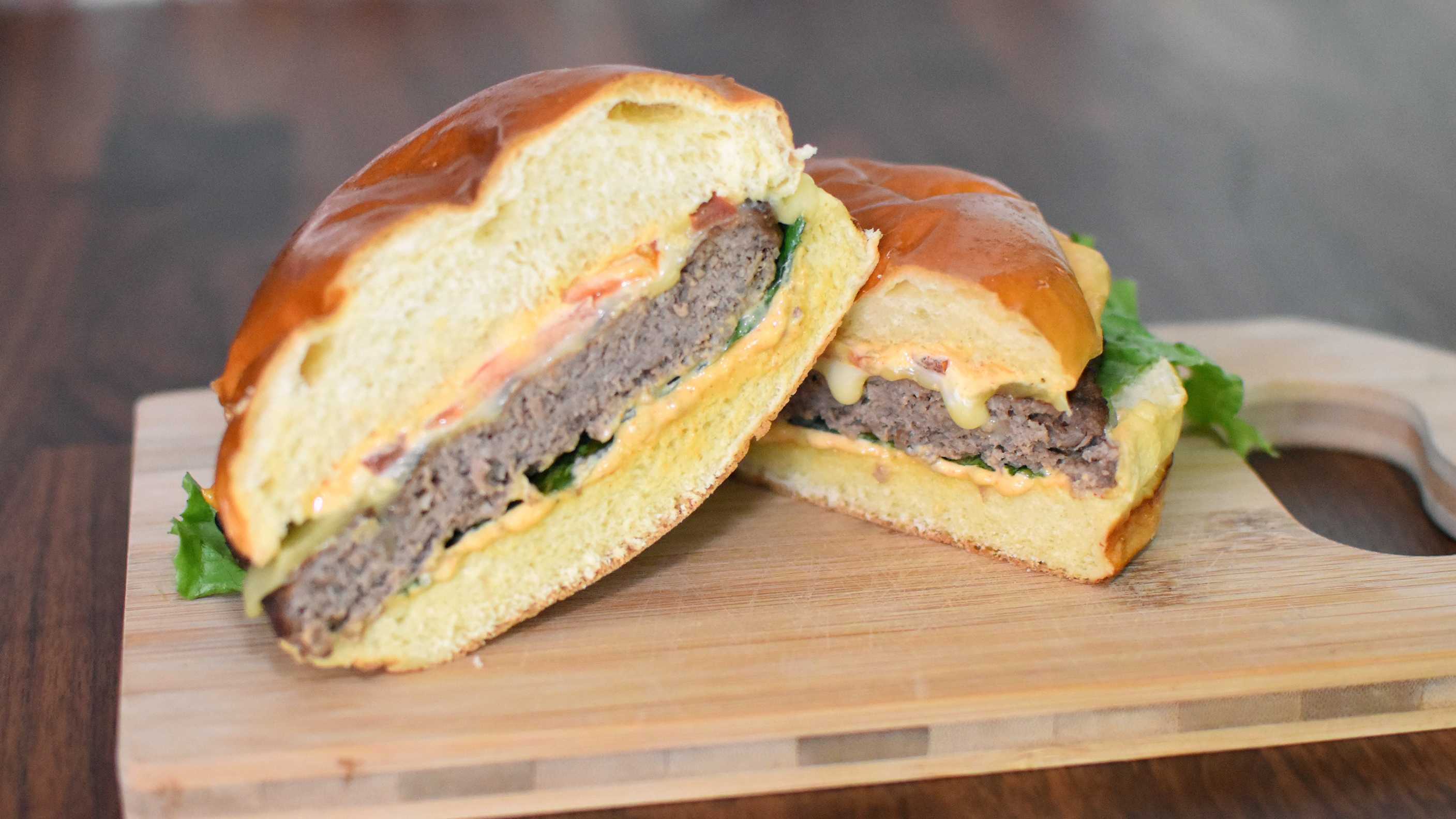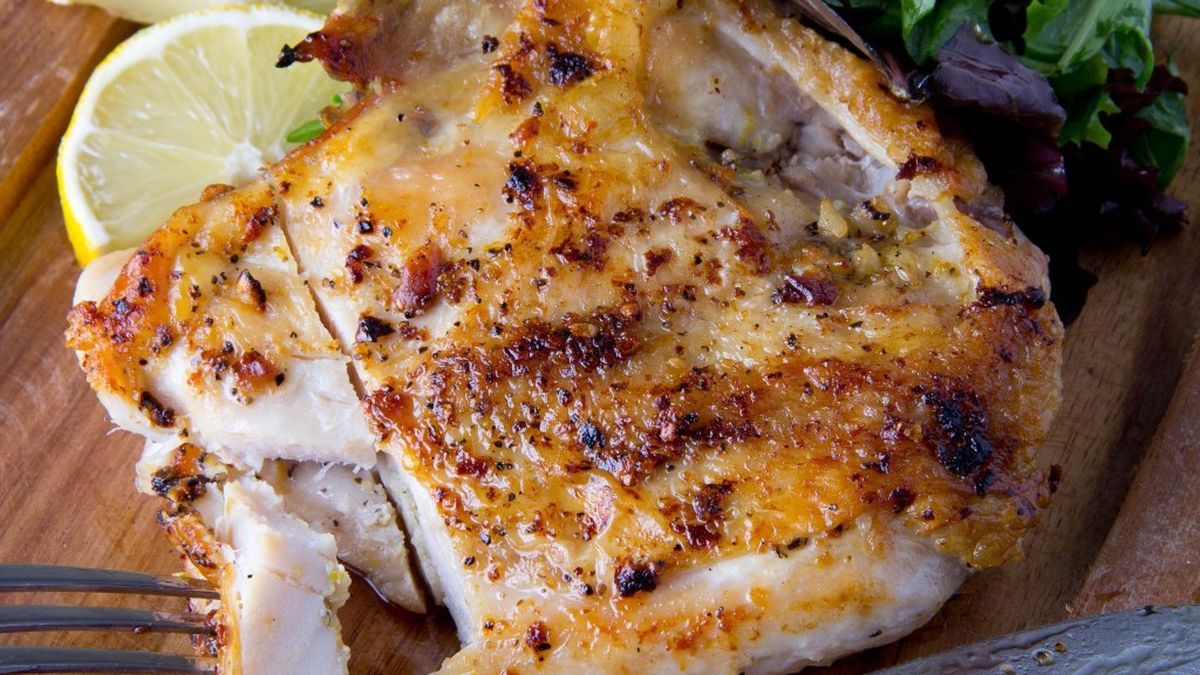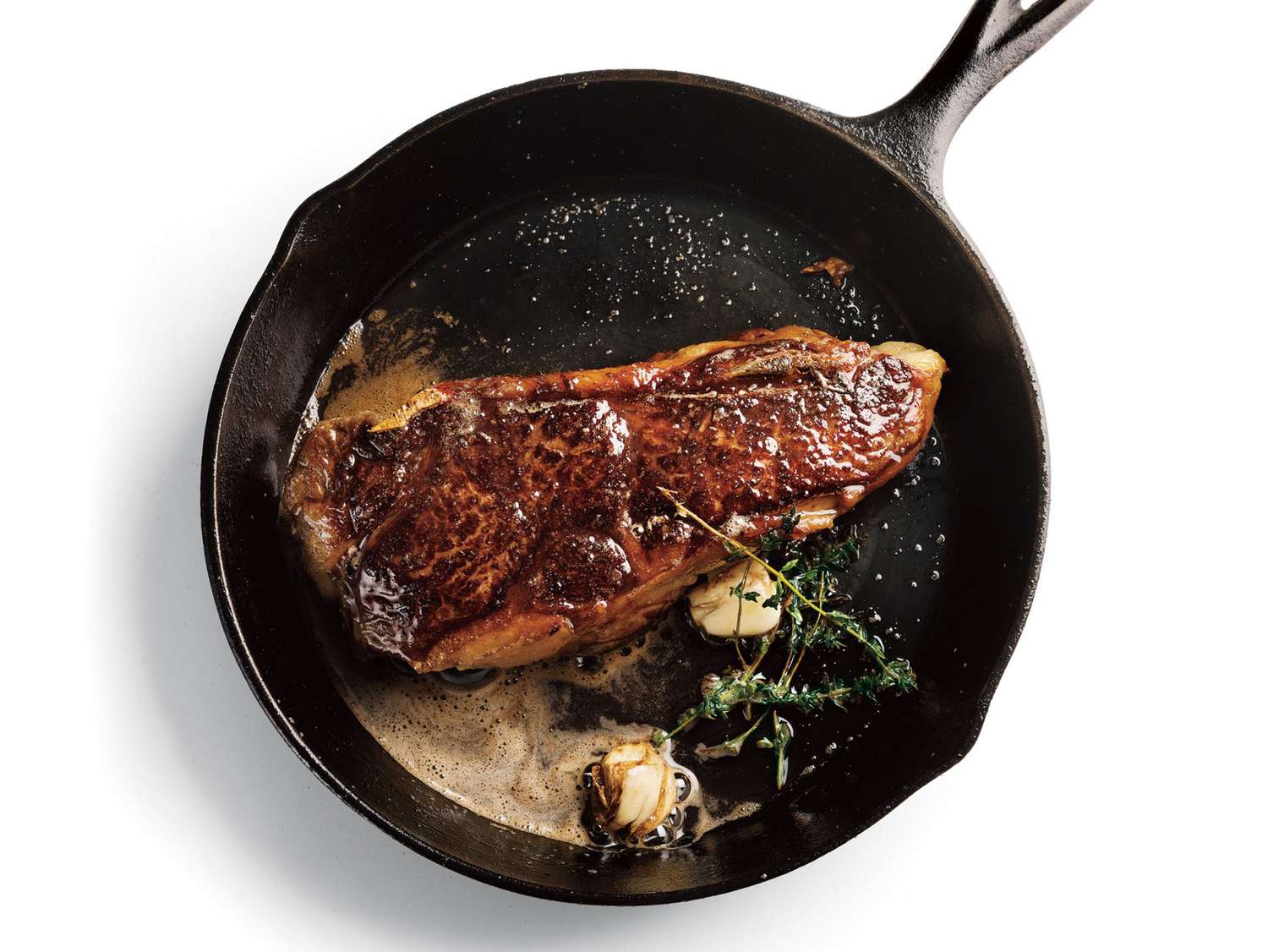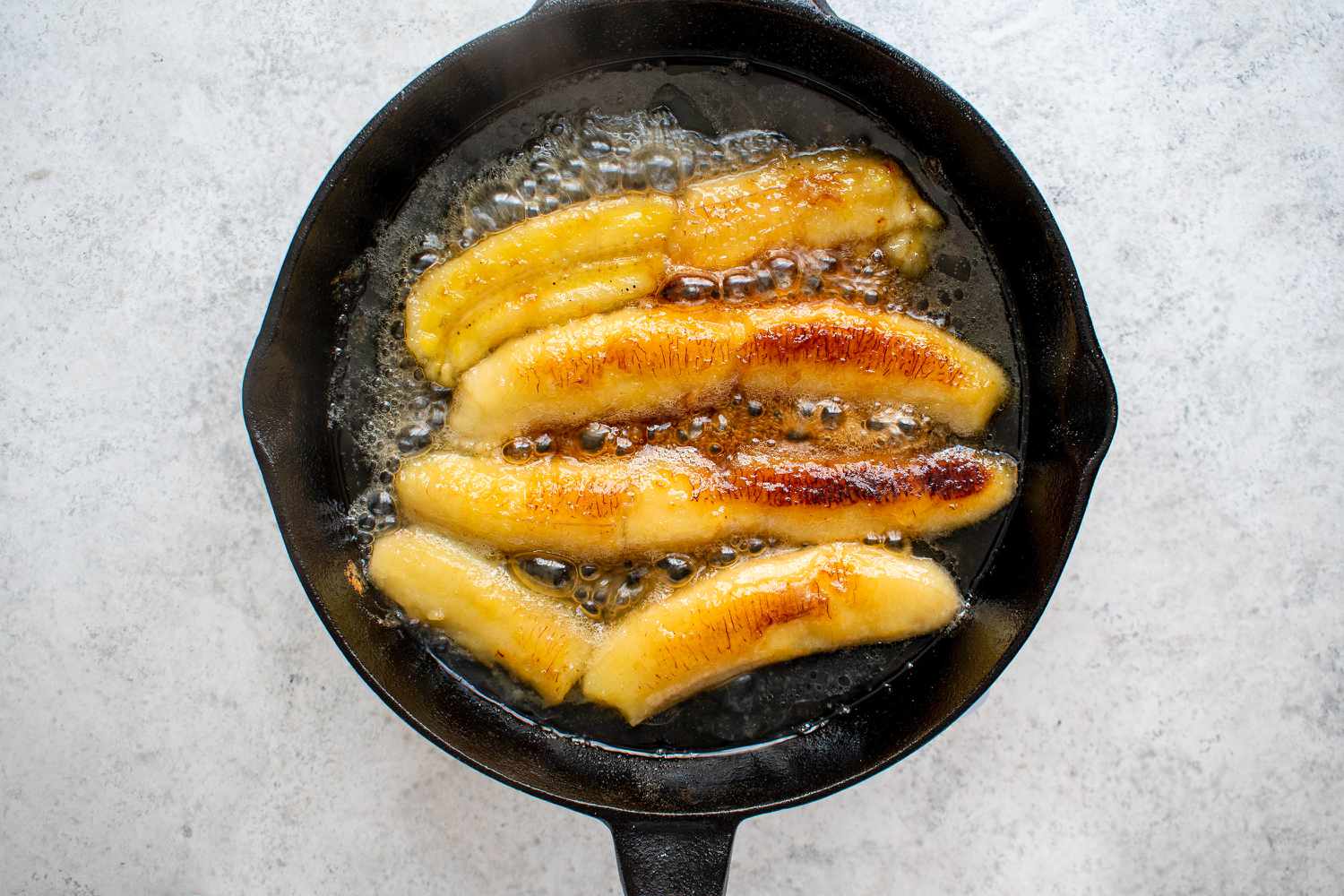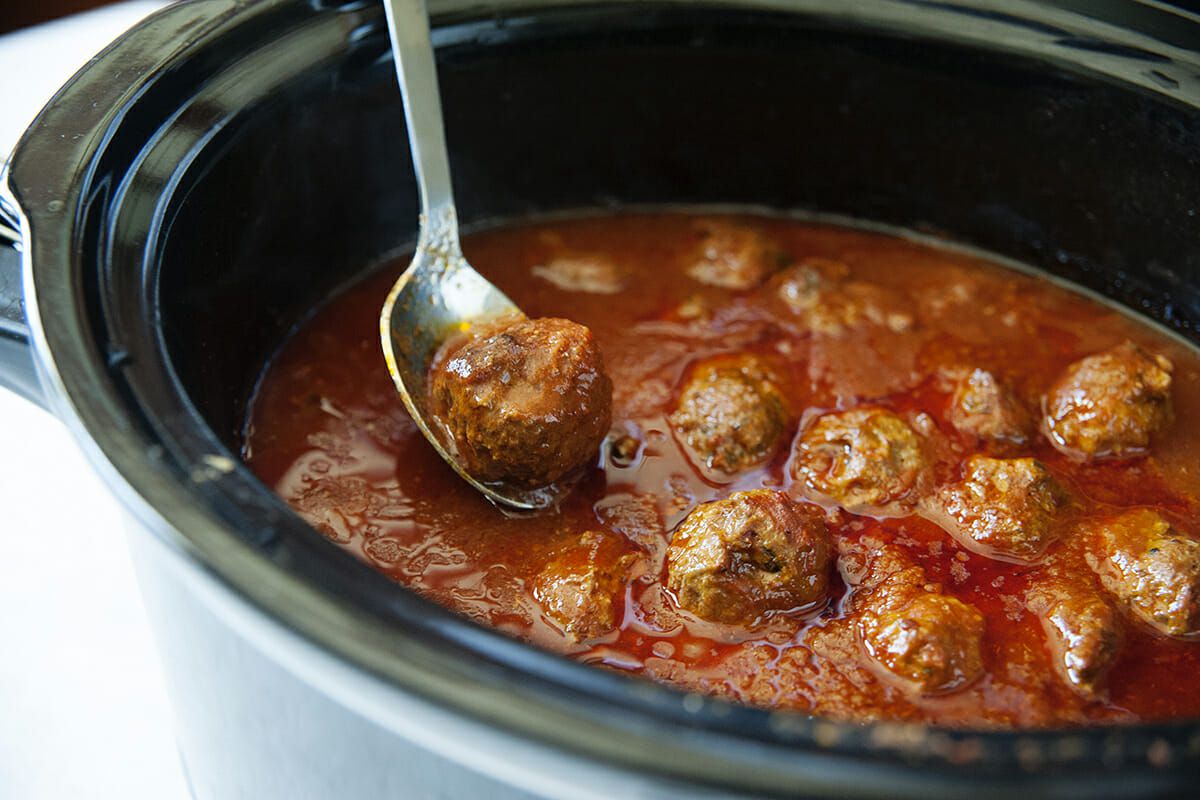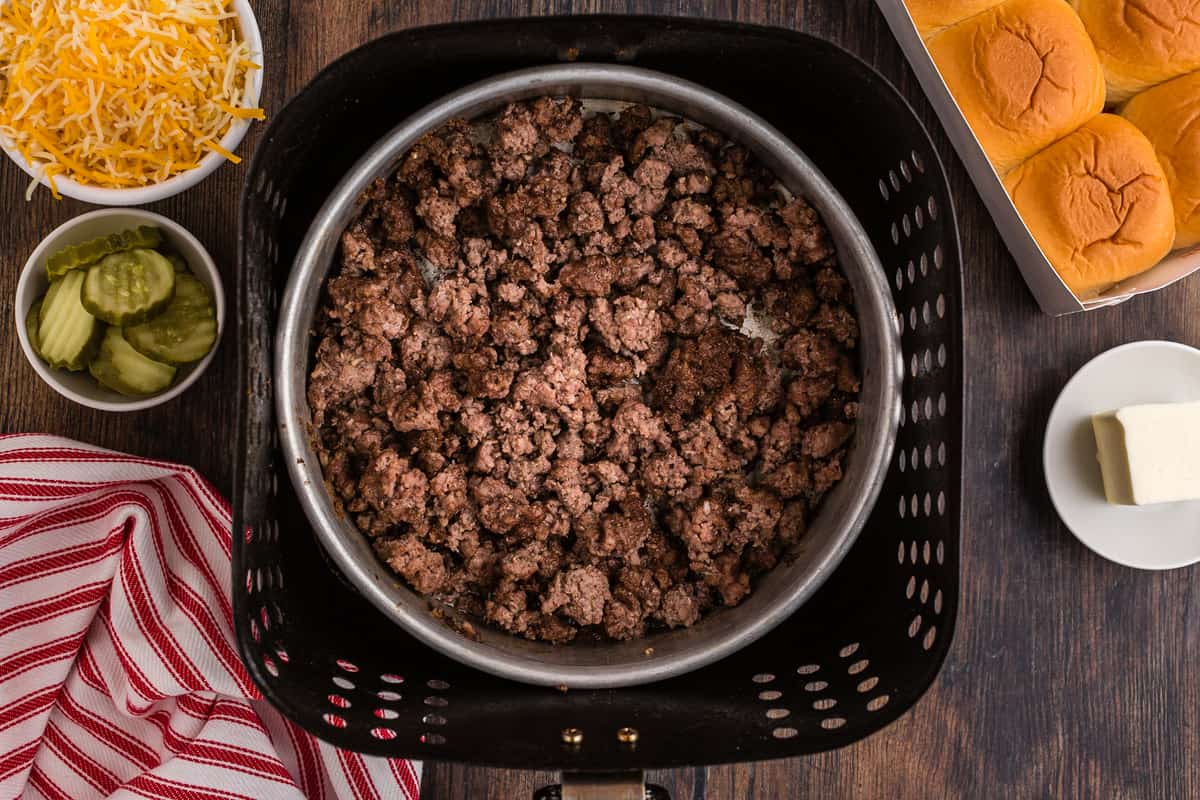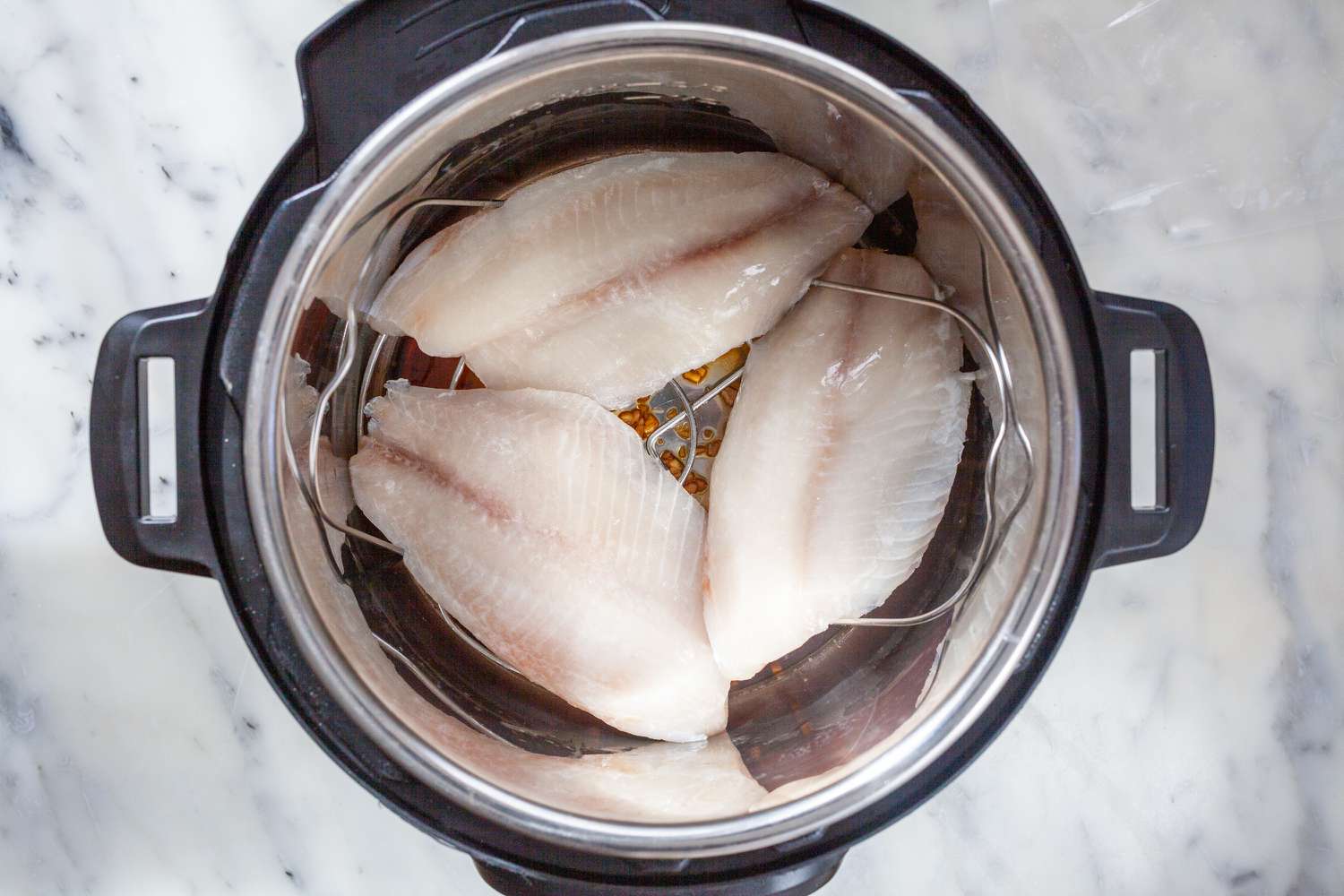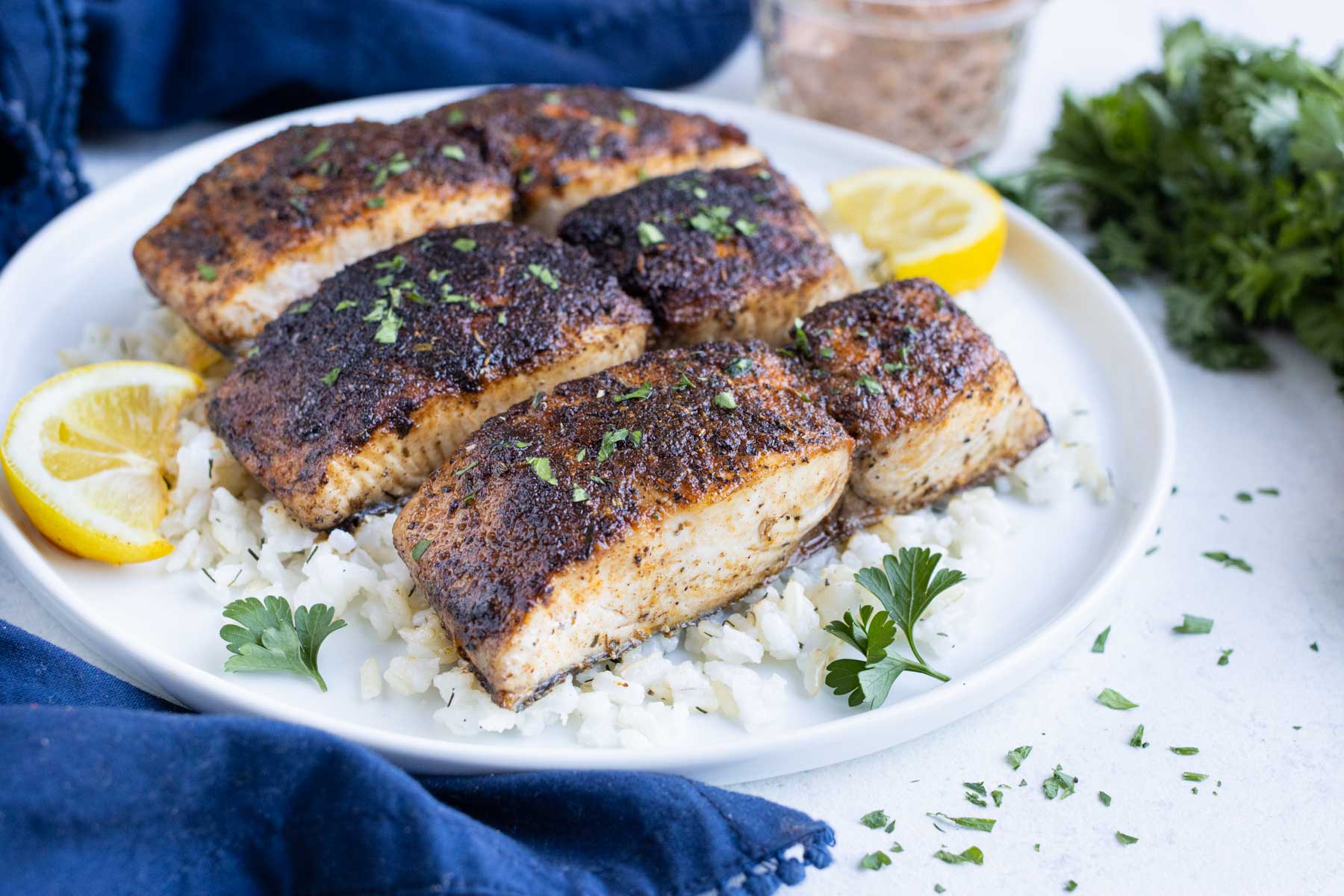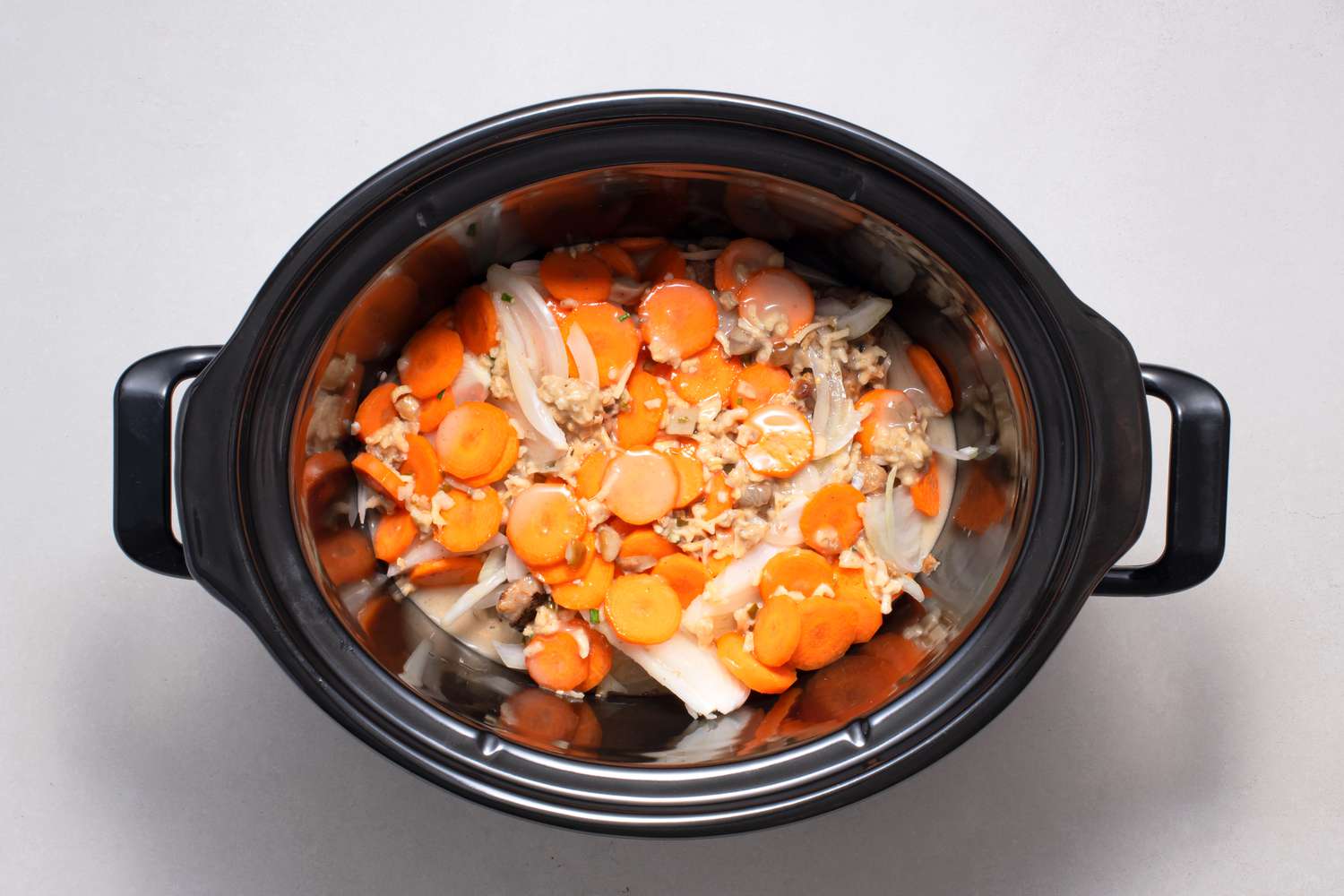Cooking Fresh Caught Tuna: Unleash Your Culinary Skills!
Greetings, food enthusiasts! Are you ready to dive into the world of cooking fresh caught tuna? Whether you’ve just returned from a successful fishing trip or simply have access to some top-quality tuna, this guide will provide you with tips and techniques to create a delectable seafood feast. Let’s embark on a culinary adventure and learn how to prepare and cook fresh caught tuna like a true master chef!
1. Preparing the Fresh Tuna
Before we get to the cooking part, it’s crucial to properly prepare the fresh tuna. Here’s what you need to do:
- Start by rinsing the tuna under cold water to remove any impurities.
- Pat the tuna dry with paper towels.
- Cut the tuna into evenly-sized steaks or fillets, depending on your preference. Remember to remove any bones.
- Season the tuna with your favorite herbs and spices. A simple combination of salt, pepper, and a squeeze of lemon juice works wonders.
Now that the tuna is ready, let’s move on to the exciting part: cooking!
2. Grilling the Tuna
Grilling is a fantastic way to bring out the flavors of fresh caught tuna. Follow these steps to achieve a perfectly grilled tuna steak:
- Preheat your grill to medium-high heat.
- Brush the tuna lightly with olive oil to prevent sticking.
- Place the tuna on the grill and cook for about 2-3 minutes per side, depending on the thickness of the steak. Remember, tuna tastes best when it’s cooked medium-rare.
- Feel free to experiment with different marinades or glazes to add an extra layer of flavor to your grilled tuna.
That tantalizing aroma wafting from the grill means your delicious tuna is almost ready to be devoured. But wait, there’s more!
3. Seared Tuna for the Win
If grilling isn’t your style, seared tuna will be right up your alley. This method guarantees a deliciously crispy exterior and a melt-in-your-mouth interior. Follow these steps to achieve culinary perfection:
- Add a generous amount of oil to a pan and heat it over high heat.
- Carefully place the seasoned tuna in the hot pan.
- Sear each side for about 1-2 minutes, ensuring a golden crust forms while the center remains rare.
- Transfer the seared tuna to a cutting board and let it rest for a few minutes before slicing it into thin pieces.
Seared tuna is perfect for salads, sushi, or as an appetizer. Get creative, and the possibilities are endless!
4. Baking or Broiling Tuna
For those seeking a fuss-free cooking method, baking or broiling the fresh caught tuna is an excellent choice. Here’s how to do it:
- Preheat your oven to 400°F (200°C).
- Brush the tuna with olive oil and season it according to your taste.
- Place the fish on a baking sheet or in a broiler pan.
- Bake or broil for about 10-12 minutes, until the tuna is cooked through but still moist.
Pair your baked or broiled tuna with your favorite side dishes, and prepare to be blown away by the flavors!
5. Enjoy the Fruits of Your Labor
Now that you’ve mastered the art of cooking fresh caught tuna, it’s time to savor the fruits of your labor. Serve your beautifully cooked tuna as the star of your meal, enticing friends and family with the delicious taste and impressive presentation.
Remember, cooking fresh caught tuna is a journey of culinary delight. So, grab your apron, sharpen your knives, and let your passion for seafood shine through. Enjoy the process, embrace experimentation, and cook with love. Bon appétit!
For those eager to experiment with fresh-caught tuna, there are several standout recipes worth diving into. Start with Seared Tuna with Sesame Crust for a quick and flavorful dish that highlights the natural taste of tuna with a crunchy sesame exterior. If you're in the mood for something refreshing and light, Tuna Poke Bowl offers a vibrant mix of tuna, veggies, and rice, perfect for a nutritious meal. Blackened Tuna Steaks bring a spicy kick to your palate with their robust seasoning, while Tuna Tartare delivers a sophisticated and raw preparation that sushi lovers will appreciate. For an elegant appetizer, Tuna Carpaccio provides thin slices of tuna with a drizzle of olive oil and lemon. Lastly, Tuna Steaks with Mango Salsa blend the savory with sweet, as the mango salsa complements the rich flavor of the tuna. These recipes are not only delicious but also showcase a variety of techniques and flavors, making the most of your fresh catch.
Was this page helpful?
Read Next: How To Cook A Baked Potato In Foil
